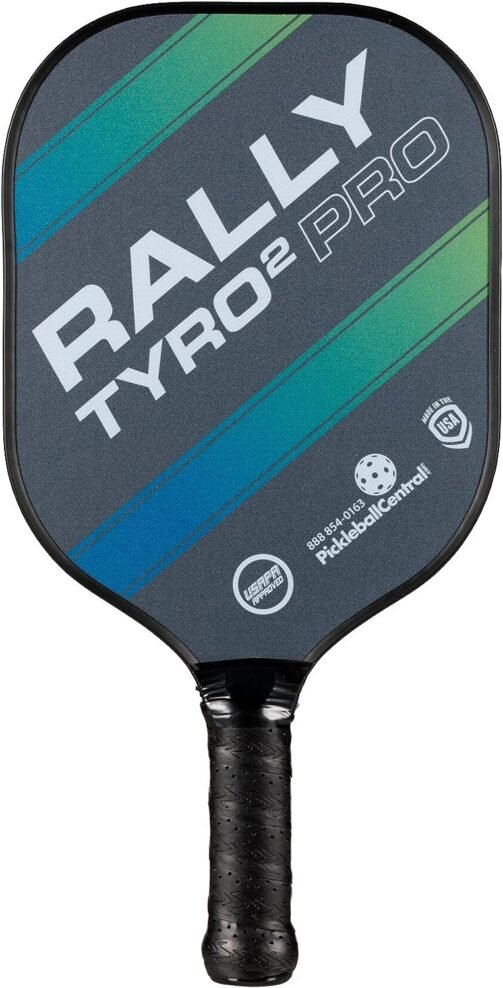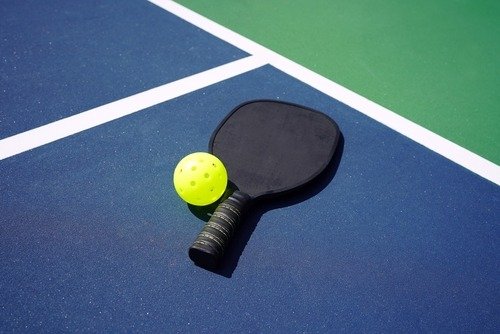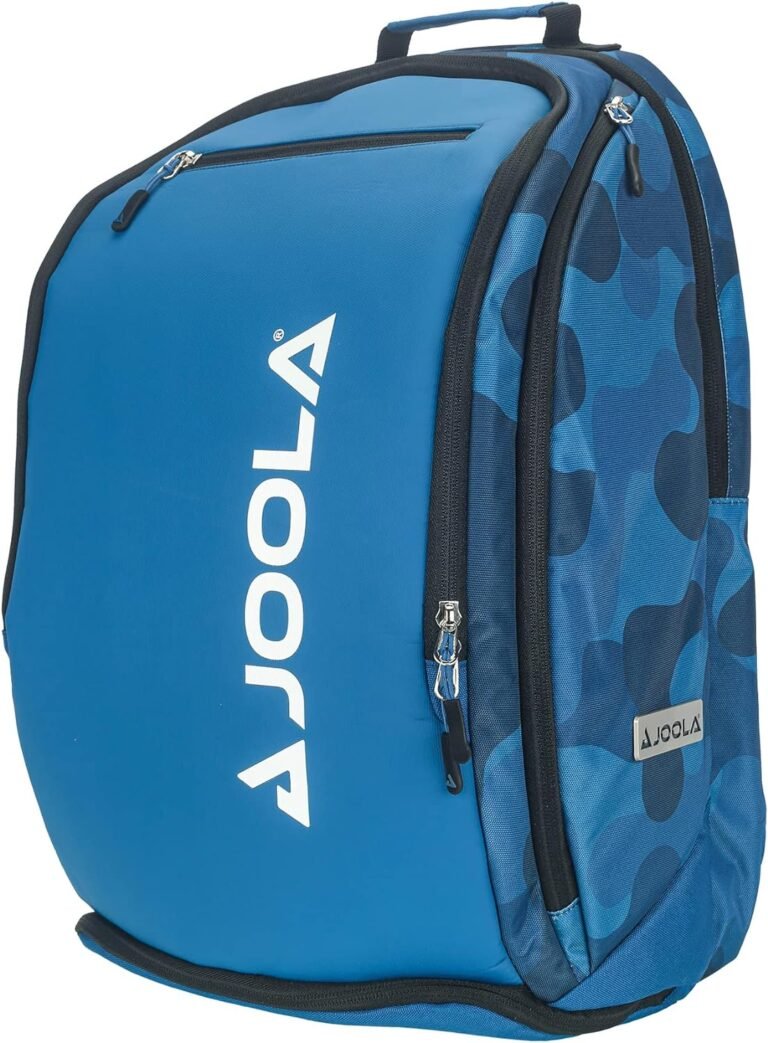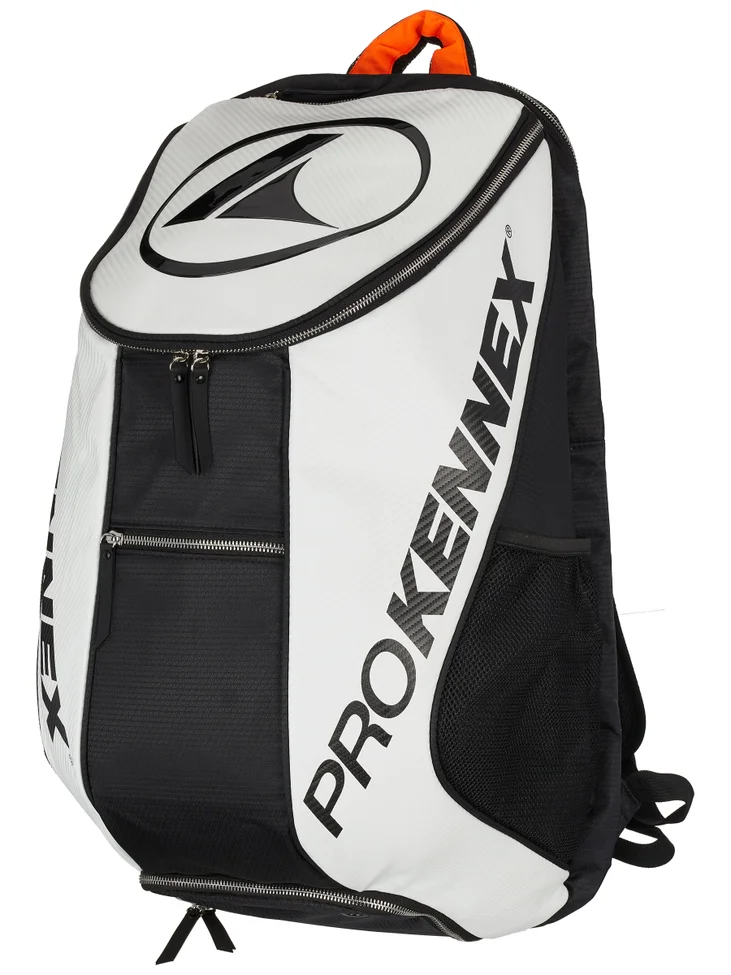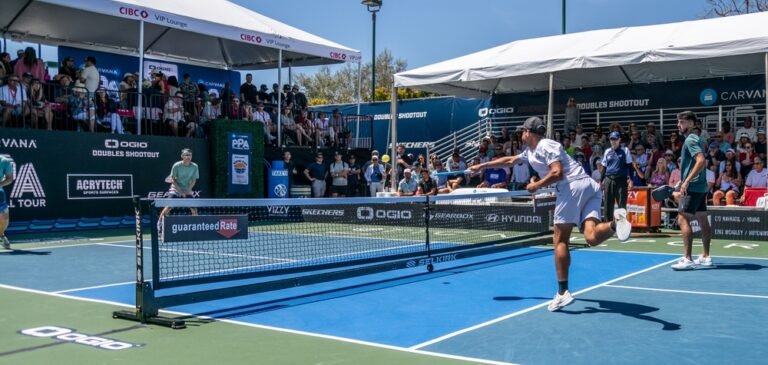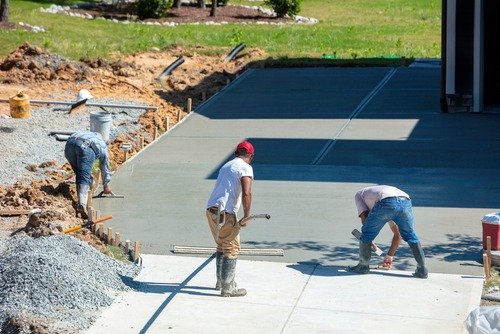The Best Location for a Pickleball Court: Find Your Spot!
When building a social space in your backyard, the quest for the best location for a pickleball court isn’t just about clearing out a patch of grass and setting up a net unless you live in the desert like me.
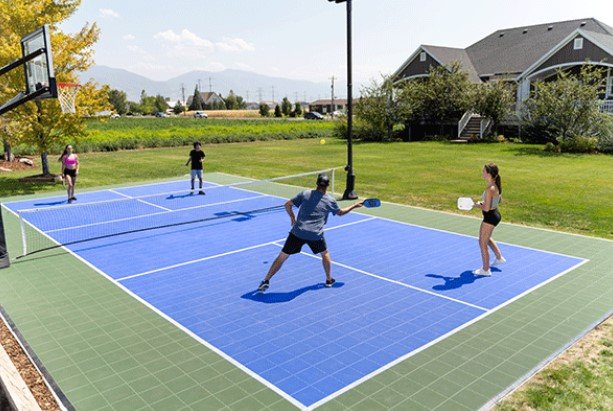
It involves a strategic selection process that balances sunlight, space, and safety to create the perfect playground for this exciting sport. Here’s how to refine your approach to pinpointing the optimal spot for your pickleball paradise:
1. Assessing Your Space with Precision
Before anything else, take a detailed look at your available outdoor area. A standard pickleball court requires a footprint of 20 feet by 44 feet for singles matches, and if you’re planning on doubles, you’ll need to adjust the width to 34 feet. However, the space consideration doesn’t stop there.
You’ll also need additional room around the court’s perimeter for players to maneuver and for spectators to enjoy the game without interfering with the action. Therefore, measuring your backyard meticulously is critical to ensure it can accommodate the court and the dynamic space around it. This gets you ready for the best location for a pickleball court.
2. The Importance of Terrain and Topography
An ideal pickleball court needs a level base, free from slopes and undulations. Playing on an uneven surface not only affects the quality of the game but can also lead to injuries. If your chosen area isn’t naturally flat, you might need to undertake some landscaping work.
This could involve leveling the ground or constructing a retaining wall to ensure a stable and flat surface. This step requires effort and investment but is essential for a safe and enjoyable playing environment.
3. Strategic Sunlight and Shade Balance
The direction your court faces can significantly impact playability. An east-west orientation is often recommended to minimize the sun’s glare during the early morning and late afternoon—when the sun is low.
However, considering some natural shade can also be beneficial to provide relief from the midday sun, especially in warmer climates.
Planting trees or installing overhead structures can offer relief from the heat without compromising visibility or playability. Observing the movement of the sun and shade patterns in your backyard throughout the day can guide you in positioning your court for optimal light conditions.
4. Drainage: Protecting Your Court from the Elements
A well-draining location is vital to avoid water accumulation on your court surface. Ideally, the site should have a slight gradient to facilitate runoff, preventing puddles and potential damage to the court surface.
In cases where natural drainage is insufficient, installing drainage solutions like French drains or grading the land can prevent water-related issues. This foresight in planning can save you from headaches and costly repairs.
5. Considering Surroundings for Enhanced Play
The proximity to fences, buildings, and natural elements like trees needs careful consideration. Ensure enough clearance from these obstacles to prevent accidents and avoid damage from stray balls.
Moreover, the aesthetic integration of your court with existing landscaping and structures can enhance the best location for a pickleball court and your backyard’s overall appeal. For instance, aligning the court’s orientation with the layout of your garden or patio can create a cohesive and inviting outdoor space.
6. Selecting the Ideal Surface Material
Choosing the right surface material is crucial to the game’s pace and player comfort. Concrete and asphalt are popular for their durability and low maintenance, offering a consistent bounce and smooth playing experience.
However, they can be hard on the joints. Alternative materials like modular suspended surface tiles can provide more cushioning and reduce injury risk, although they may have a higher initial cost.
Balancing the benefits and drawbacks of each material against your budget and gameplay preferences will help you choose the best location for a pickleball court surface.
What is the Best Location for a Pickleball Court?
Finding the best location for a pickleball court in your backyard goes beyond simple space allocation. It requires thoughtful analysis of your yard’s characteristics, from spatial dimensions to the natural landscape.
Understanding how these factors interact with the game’s physical and aesthetic demands. By carefully considering these elements, you can create a pickleball court that meets the sport’s technical requirements and becomes a cherished addition for your family and friends.
Want to learn more? Visit our friends at North State Resurfacing for more.

